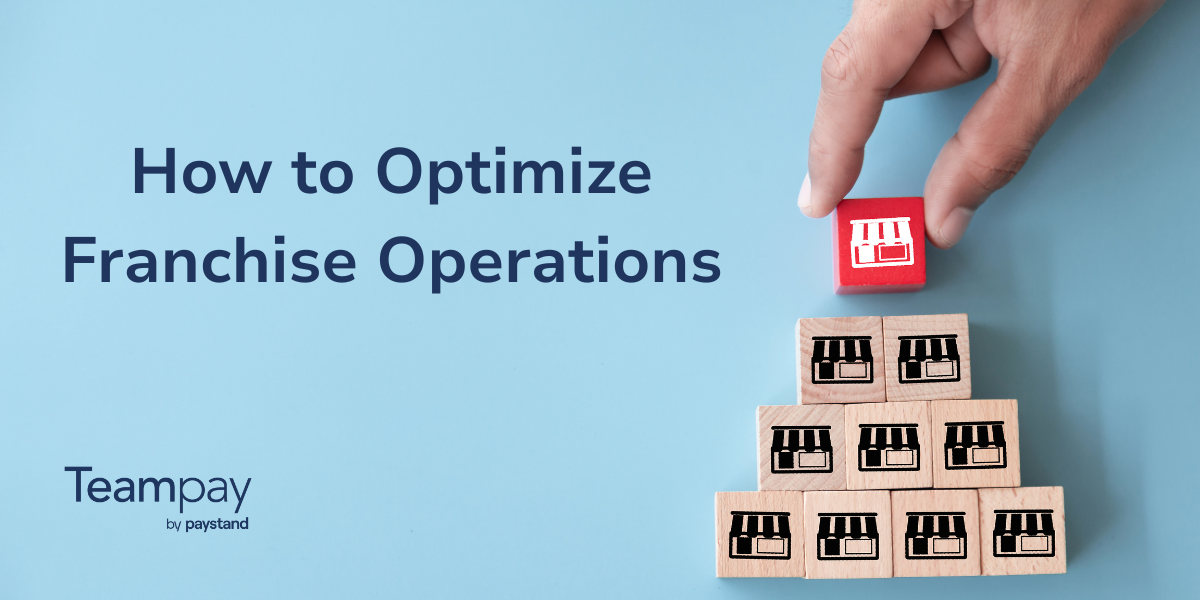As the business landscape shifts, companies need to adapt to the changing market to remain competitive. This may mean adjusting spending, reprioritizing investments, or moving to remote operations. In moments like these, your business must act intelligently and decisively—the quicker, the better. And this is where finance comes in.
Finance has insight into the money flowing in and out of the organization at all times. Or, at least, they should. Far too often, finance teams lack the transparency necessary to know how much has been spent at any given time.
As Teampay VP of Finance, Peter Nesbitt, recalled about his former role, “It was common for my team to essentially ‘fly blind’ for most of the month. We only received the corporate credit card statement in the final days, and that was when we would finally become aware of all the money that had been spent.”The scenario that Nesbitt described is faced by finance teams across industries. Without the ability to conduct real-time spend analytics, they are unable to be agile and strategic.
Responding in the moment
In today’s End User Era, spending is more distributed than ever before. Employees across organizations are spending company money, and it can be difficult for finance teams to maintain control.
Employees spend willy-nilly on shared corporate cards and personal cards, and finance is left in the dark about all the hodgepodge spending that has occurred. They can only react after money has been spent, rather than optimize spending as it happens.
For example, if multiple employees need the same software, they might each purchase the tool separately. Had finance been able to view these transactions in real time, they could have stepped in and prevented the duplicate purchase or negotiated a better price for a license package.
Visibility into spending allows finance teams to know what transactions are taking place throughout the organization in real time, rather than wait until the end of the month when people may have forgotten why they made a purchase or may have lost the receipt.
This is especially important when it comes to remote employees because the difficulty of collecting receipts and other missing information at month-end only increases when people work from different locations and time zones.Furthermore, finance can catch out-of-bounds and fraudulent purchases immediately, stopping them in their tracks.
Reforecasting and adjusting
Finance is responsible for managing the organization’s money: what goes in minus what goes out. The former—revenue—does not have any direct levers that you can control. On the other hand, the latter—spending—can be directly scaled up or down as needed.
This includes things like consolidating software licenses across the organization; canceling unused zombie subscriptions after employees leave the company; or stopping recurring FreshDirect orders when employees move from in-office to remote.With visibility into spend by vendor, finance can see how much the company is spending with each one, so they can easily organize expenditures and determine whether there is sufficient ROI. From there, finance can cancel services that aren't critical and renegotiate with ones that are.During economic shifts, businesses generally need to reforecast and reprioritize investments. This is difficult to do when finance doesn’t know what is being spent currently, only what was spent last month.
Finance teams are relying on numbers from the past to make assumptions about the future, rather than focusing data from the present. When outdated data is used, companies can't have productive conversations about what to cut.With real-time visibility, finance can access accurate purchase data at all times, not just at the end of the month. They can pull up-to-date reports at a moment’s notice, conduct real-time spend analytics and confidently allocate capital.
Real-time visibility is the answer
Real-time visibility is necessary not just for managing distributed spend, but leveraging the data to inform future decision making. By conducting real-time spend analytics, finance teams can help their organization be intelligent and agile. They can step into their role as strategic partners and deliver up-to-date information to every stakeholder, which drives better spending decisions for the company.












